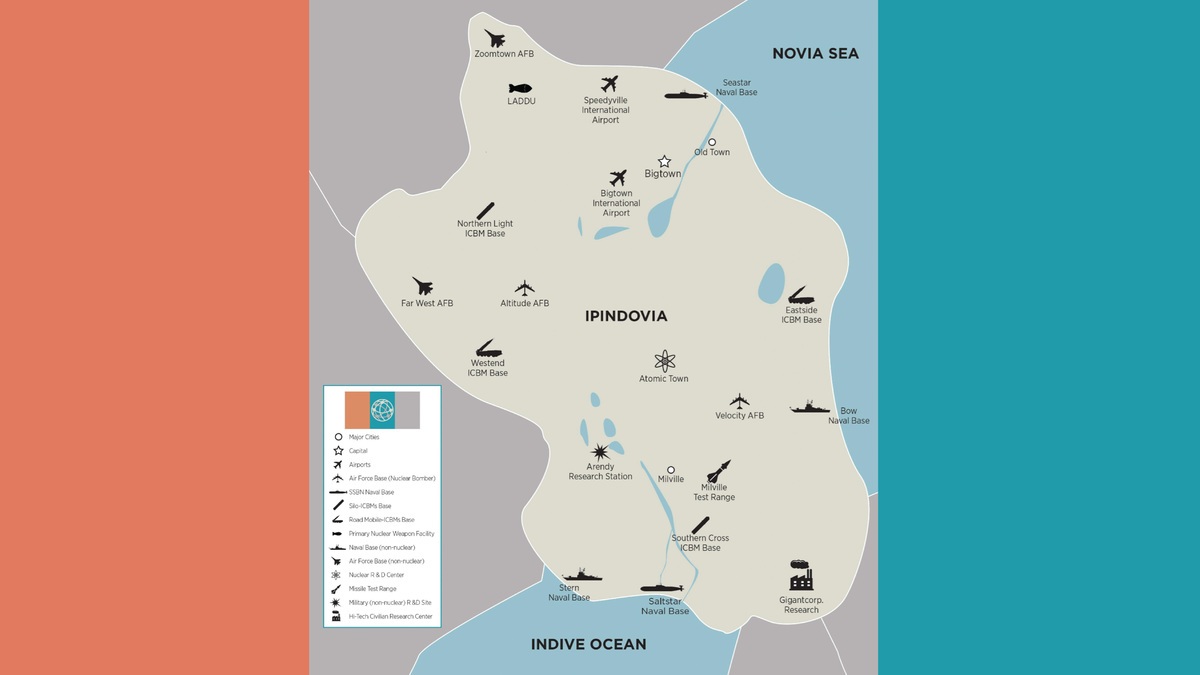As Prepared for Delivery
I would like to thank and congratulate the government of the United Arab Emirates (UAE) for seizing this opportunity to make such a significant contribution to the IPNDV.
I would like to start by briefly revisiting the fundamental beliefs that serve as the foundation for U.S. policies on arms control and disarmament. The United States does not view arms control and disarmament measures or agreements in isolation from the overall strategic security environment. This can be deconstructed into several key principles:
- Agreements must maintain or increase stability.
- Agreements must maintain or increase predictability.
- Agreements must also build confidence and trust among the parties, and encourage mutual restraint.
Effective verification underpins all of these principles, which brings us to the fundamental organizing principle of the Partnership—nuclear disarmament can only occur if it is effectively verified.
Our efforts build on the collaborative work of the past two decades by the United States, Russia, the United Kingdom, Norway, and others. Progress can seem slow, but there are no short cuts. The technical challenges that the working groups have identified so far clearly demonstrate the complex nature of nuclear disarmament verification. The progress made by the Working Groups also gives me great confidence that the Partnership will continue to identify collaborative solutions to these difficult problems, during the current phase and beyond.
There is much to be done. What our present technologies cannot do, future technologies might easily accomplish. Indeed, the work of the Partnership in identifying technical needs, gaps, and challenges associated with nuclear disarmament verification will be supplemented not just by research done within the verification space, but also by technological development writ large. The technological boom of the last 20 years has directly impacted every field, every person, and every job. As this growth continues, it is almost certain that some of these new technologies could be applied to verification. Our Partnership brings together a diverse set of expertise, and we must continue to identify ways of utilizing this expertise so that innovation is not only possible, but probable.
But new technology is not the sole need in constructing future verification regimes. The parties to any future nuclear disarmament agreement must have sufficient confidence in the corresponding verification regime, and complex or novel technologies may not provide this needed confidence. Furthermore, it is not technology alone but the entire verification system, including procedures for on-site inspections that will allow for more intrusive inspections, to include access to previously inaccessible and sensitive facilities, in order to verify smaller and potentially even more sensitive items subject to inspection.
As I said on Tuesday, this may well be my last plenary. As you know, next week the United States will choose a new President. Regardless of which candidate is elected, the immutable fact is that, for the United States, investing in verification has generally enjoyed bipartisan support. The adage “trust but verify” is famously attributed to President Reagan but the concept has guided every President’s approach in considering arms control frameworks that advance our security.
To truly sustain the work of the Partnership we all must demonstrate unwavering commitment to its principles and goals. The Working Groups will continue to work towards completion of their deliverables in time for the end of Phase I next November, during which the partners will engage in a concluding activity which will both provide an integrative framework to review the work done to date, and identify specific next steps for the Partnership to undertake.
I’m pleased to announce that Argentina has agreed to host the next plenary at the end of 2017. Having held plenary meetings in North America, Europe, and Asia, this fifth plenary meeting in South America highlights the geographically diverse nature of the partnership.
Again, while the Partnership is a practical effort founded on a belief that a world without nuclear weapons is desirable and achievable, disarmament agreements must also be effectively verifiable. This Partnership is so important because it has become the primary international vehicle for countries that are willing to roll up their sleeves and do the hard technical work necessary to make progress on nuclear disarmament.
On a personal note, while I may not be involved with the Partnership in the future, I will always be grateful for the privilege of chairing this important initiative in its first two years of existence. I believe it can do great things and make important contributions toward the achievement of global nuclear disarmament. Thank you again for attending this week. For those of you who will continue with the work of the Partnership into 2017 and beyond, I wish you all the best. You should consider yourselves to be at the leading edge of achieving the peace and security of a world without nuclear weapons.
Thank you and good luck.





